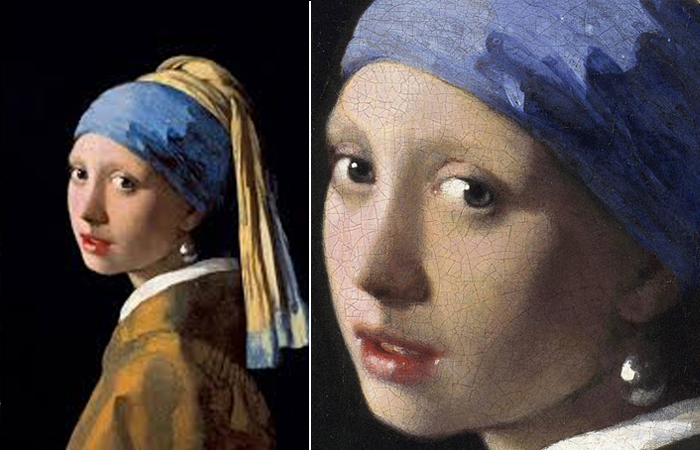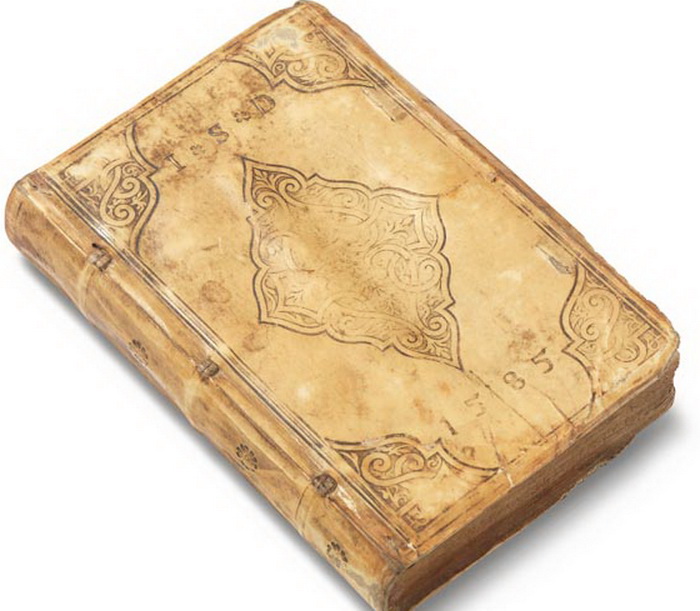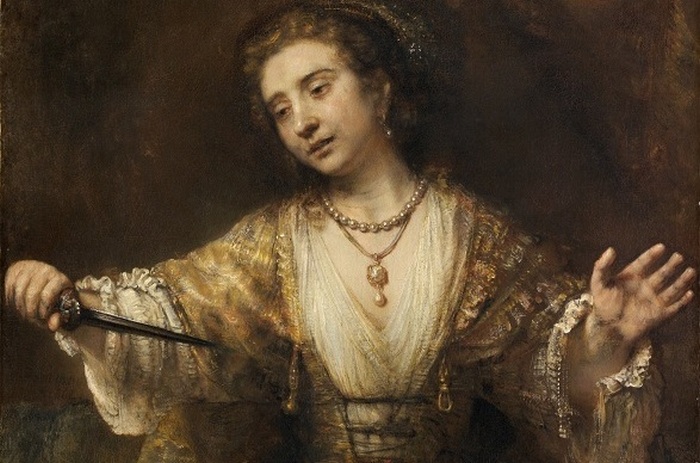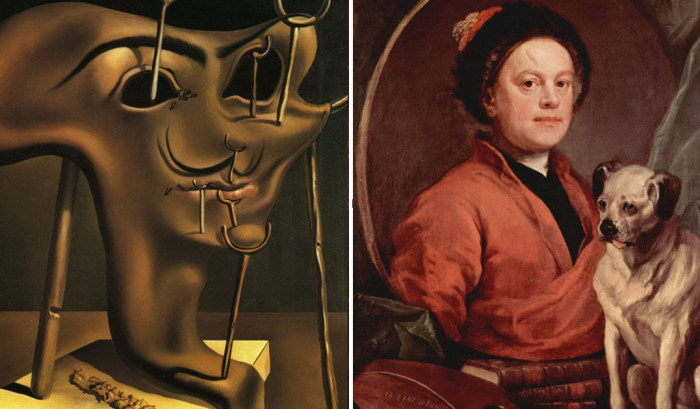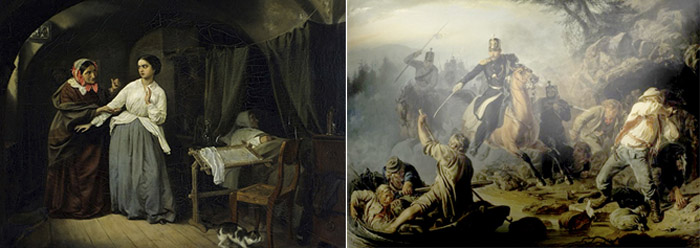mysterious smile
What riddles Claude Monet left in his painting “Poppies”
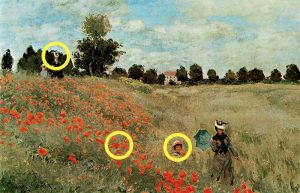 Claude Monet is an artist whose name is inseparable from impressionism. He painted landscapes, water lilies, poplars, ladies in the garden, women with umbrellas, the London parliament, boats, the Normandy coast and … poppies. He captured these delightful red meadow treasures with a single brush stroke of bright red against a background of endless green fields. The painting Poppy Field was painted in the vicinity of Argenteuil (northwestern suburb of Paris), where Monet lived between 1871 and 1878. A beautifully depicted summer day is captured in all its glory with bright poppies complementing thin clouds in a clear blue sky.
Claude Monet is an artist whose name is inseparable from impressionism. He painted landscapes, water lilies, poplars, ladies in the garden, women with umbrellas, the London parliament, boats, the Normandy coast and … poppies. He captured these delightful red meadow treasures with a single brush stroke of bright red against a background of endless green fields. The painting Poppy Field was painted in the vicinity of Argenteuil (northwestern suburb of Paris), where Monet lived between 1871 and 1878. A beautifully depicted summer day is captured in all its glory with bright poppies complementing thin clouds in a clear blue sky.
Shapes and objects Continue reading
Secrets of “Ladies with an Ermine”: What does the cute animal in the painting of Leonardo da Vinci hide
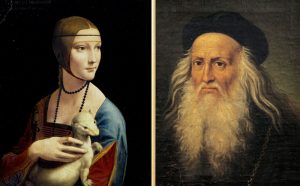 “The Lady with the Ermine” (1489-1490) is one of the most important works of all Western art, the subject of the greatest rarity of the genius Leonardo da Vinci and one of the four famous female portraits of the master. Modern art critics are sure – the white animal in the picture appeared for a reason.
“The Lady with the Ermine” (1489-1490) is one of the most important works of all Western art, the subject of the greatest rarity of the genius Leonardo da Vinci and one of the four famous female portraits of the master. Modern art critics are sure – the white animal in the picture appeared for a reason.
Transformation of the picture
To date, only a small part of the picture has remained genuine, the rest has been repeatedly retouched: the entire background was darkened, the dress was changed, and the transparent veil worn by the woman was repainted in combination with hair color. Another adjustment of the unknown restorer was the addition of dark shadows between the fingers of her right hand (upon careful examination of the two lower fingers it is noticeable that they are significantly inferior to the others). However, the most important discovery of the picture was that the Italian artist did not write the work in one stage, but in three clearly distinguishable stages. Continue reading
How the main romantic of Germany Caspar Friedrich spoke about God with atmospheric landscapes
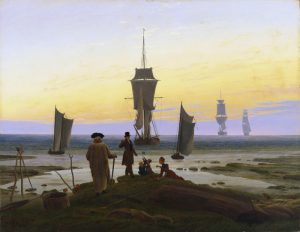 Caspar David Friedrich is one of the leading figures in the German romantic movement. His mysterious, atmospheric landscapes and seascapes proclaimed human helplessness against the forces of nature and did much to validate the idea of the Exalted as the central problem of romanticism.
Caspar David Friedrich is one of the leading figures in the German romantic movement. His mysterious, atmospheric landscapes and seascapes proclaimed human helplessness against the forces of nature and did much to validate the idea of the Exalted as the central problem of romanticism.
Family drama
Human helplessness and melancholy, high feelings of the hero in the paintings are caused by sad events in the life of the artist himself. By coincidence, Frederick knew death very early: his mother, Sophie Dorothea Behli, died in 1781, when Caspar was only seven years old. At the age of thirteen, Caspar David witnessed how his brother Johann Kristoffer fell through the ice of a frozen lake and drowned. According to some reports, Johann Kristoffer died, trying to save Caspar David, who also nearly drowned. His sister Elizabeth died in 1782, and the second sister, Mary, died of typhus in 1791. Sad circumstances with loved ones, as well as the immersion of the artist himself in spiritual and mystical poetry, influenced his work and served as the basis for the confirmation of Caspar David Friedrich as the leader of German romanticism. Continue reading
